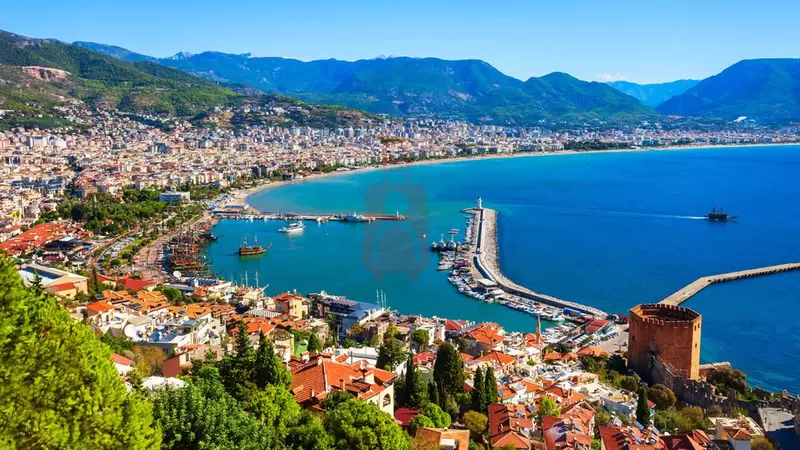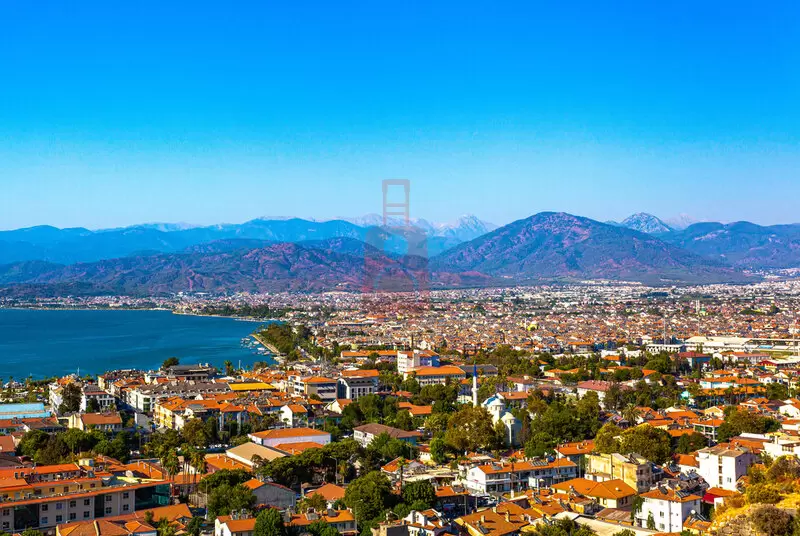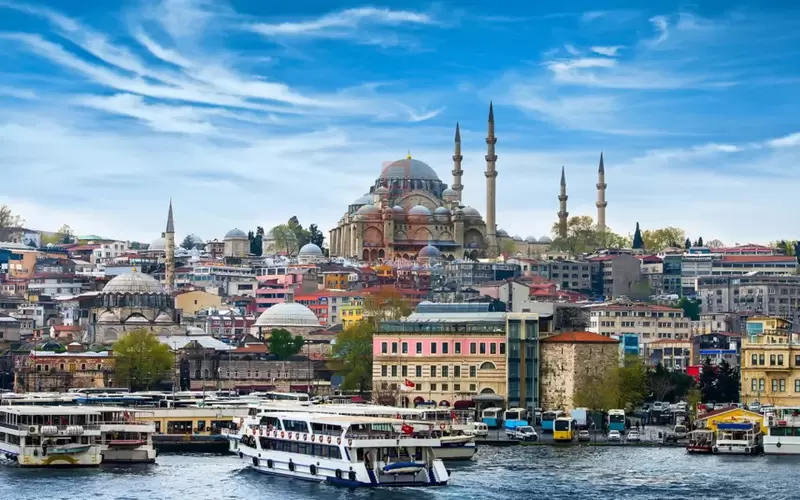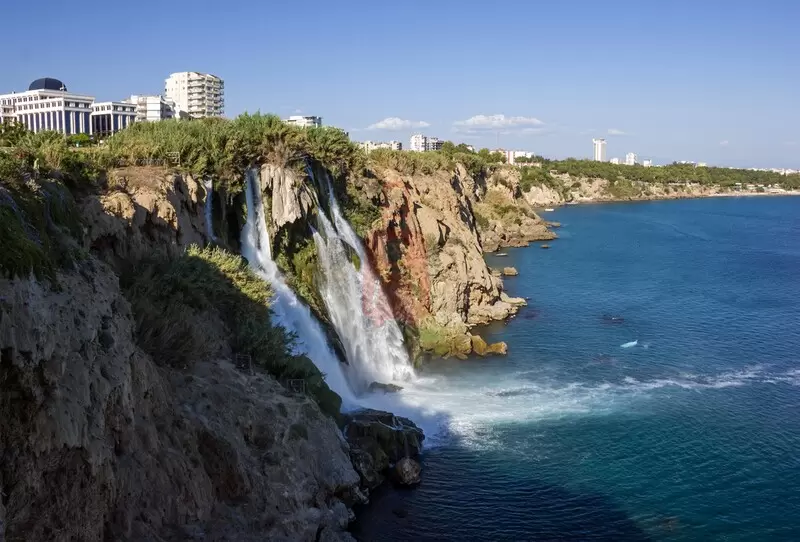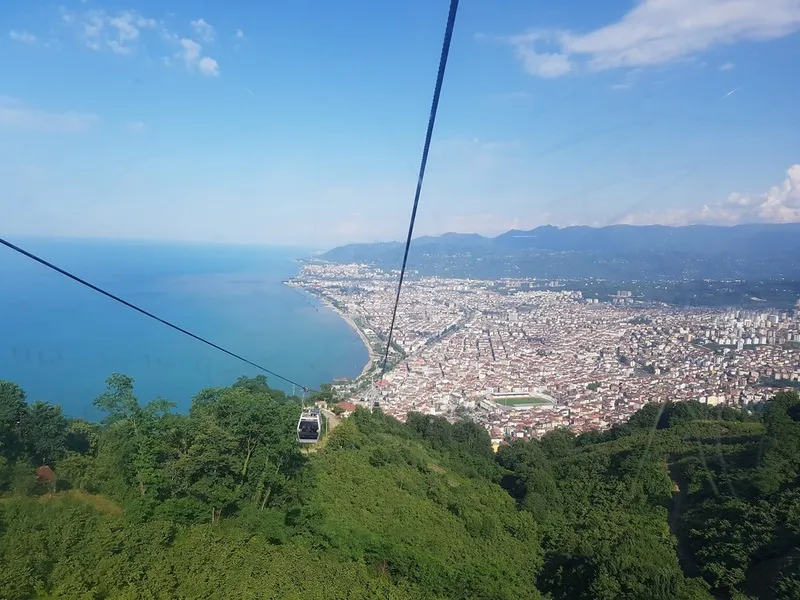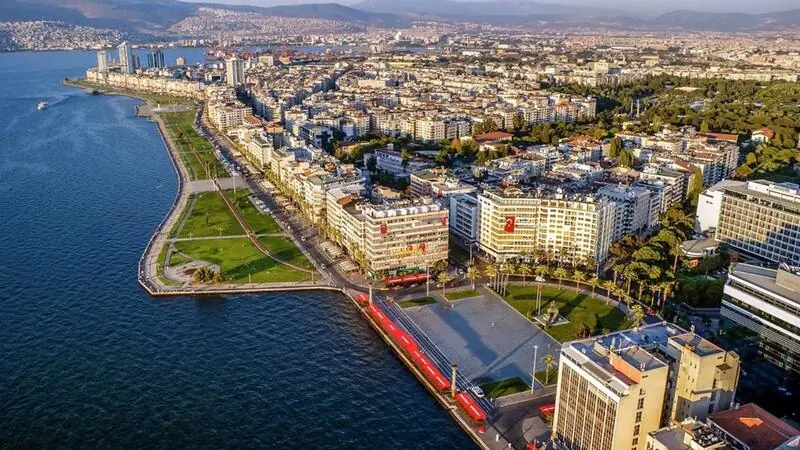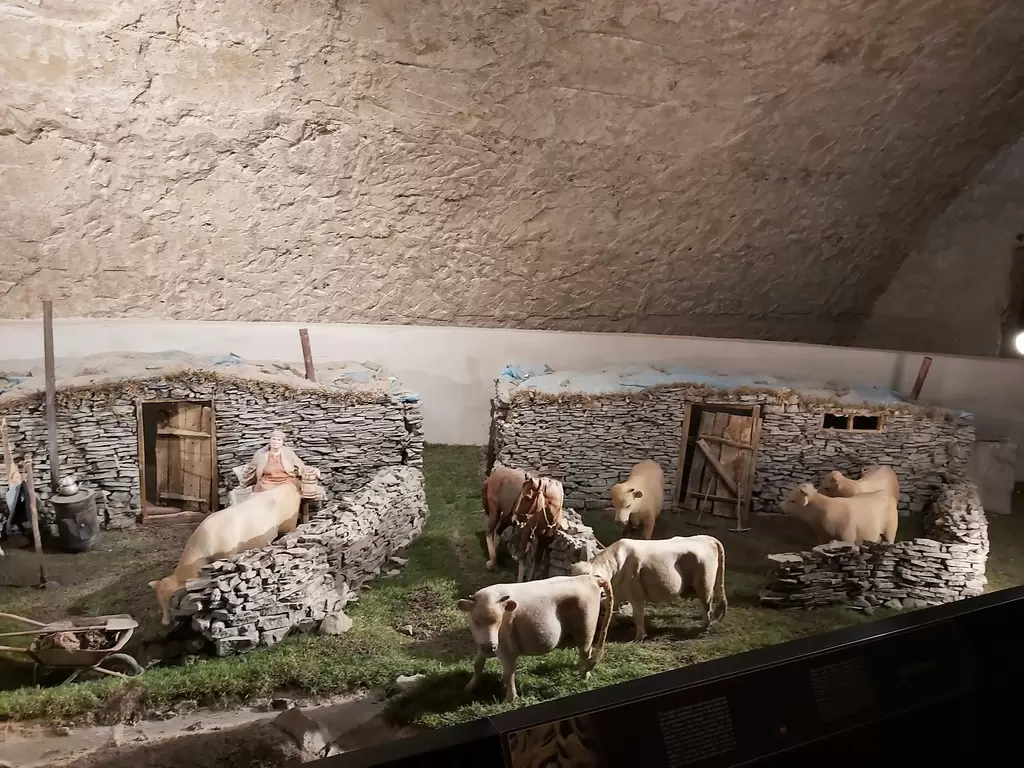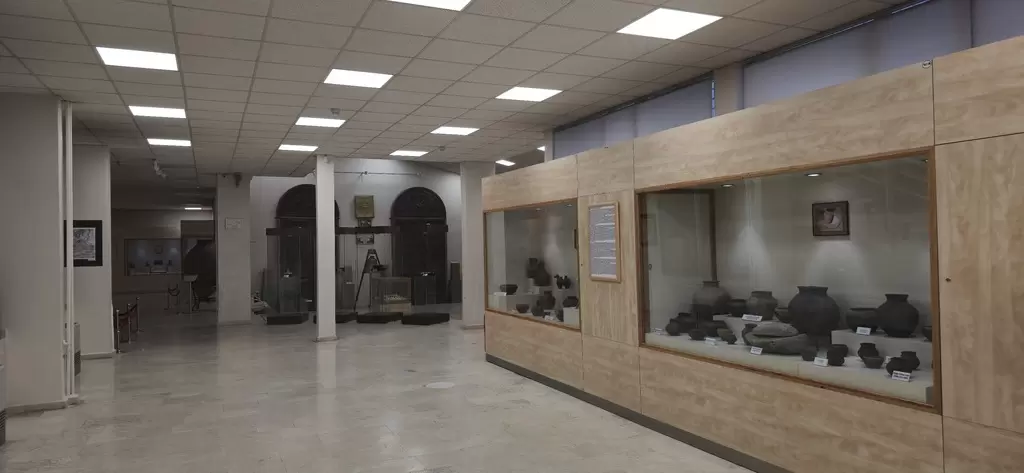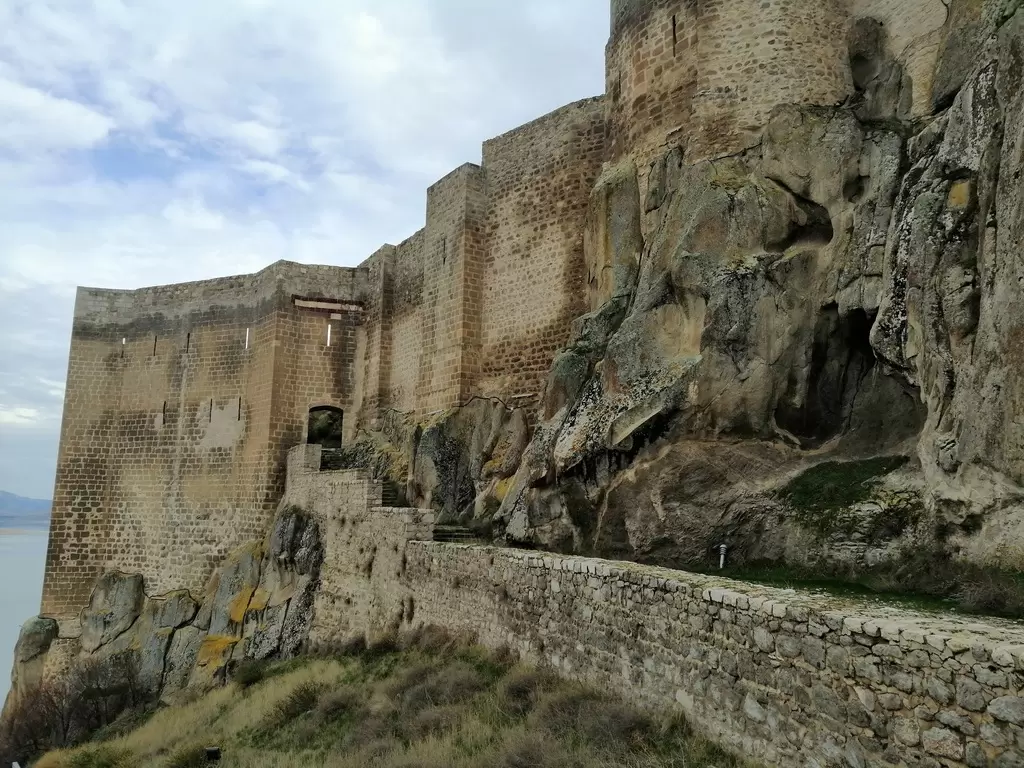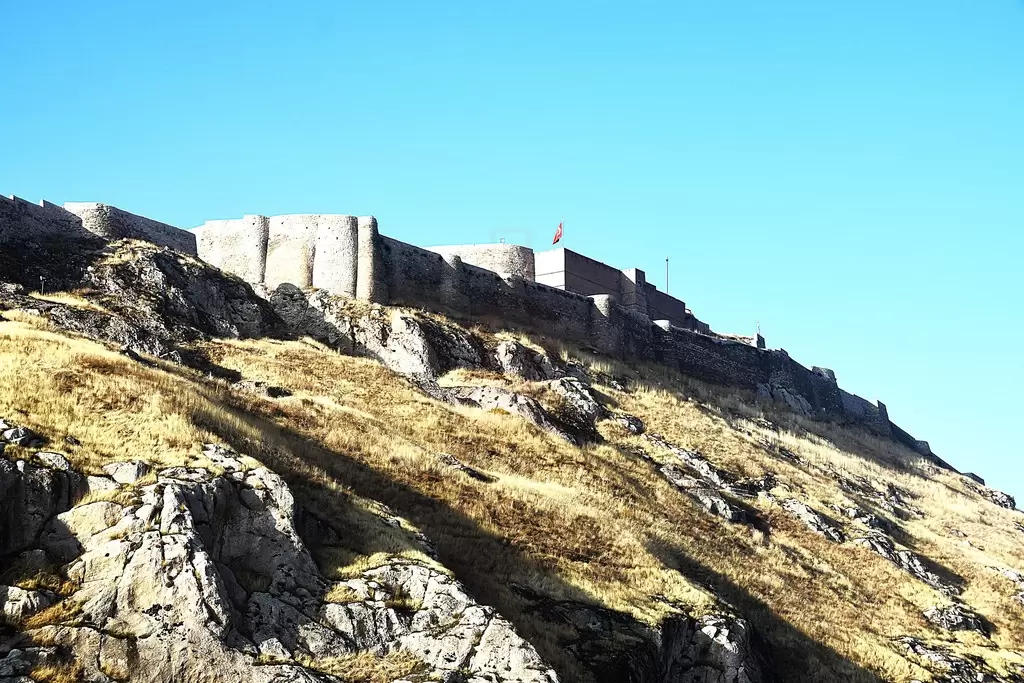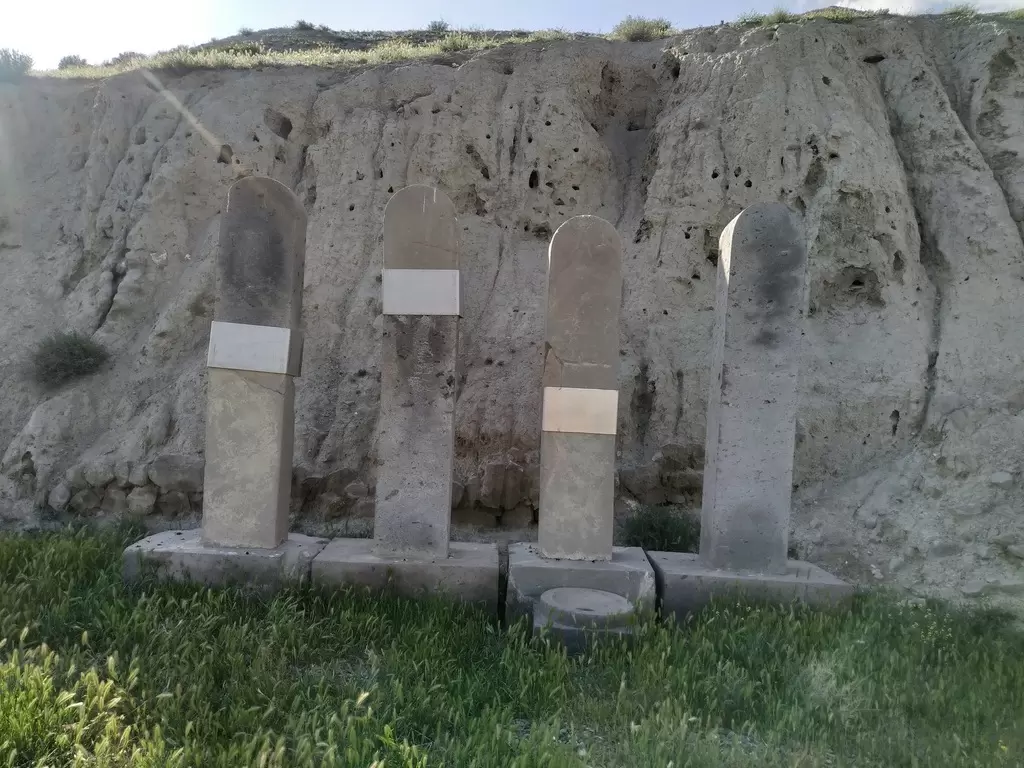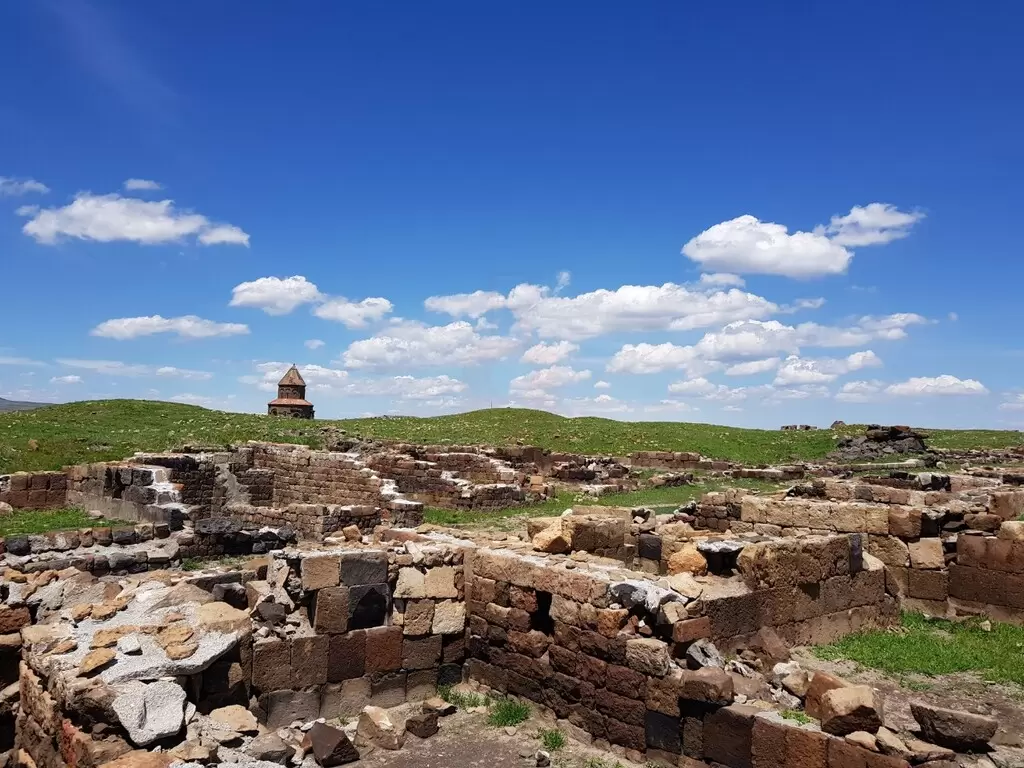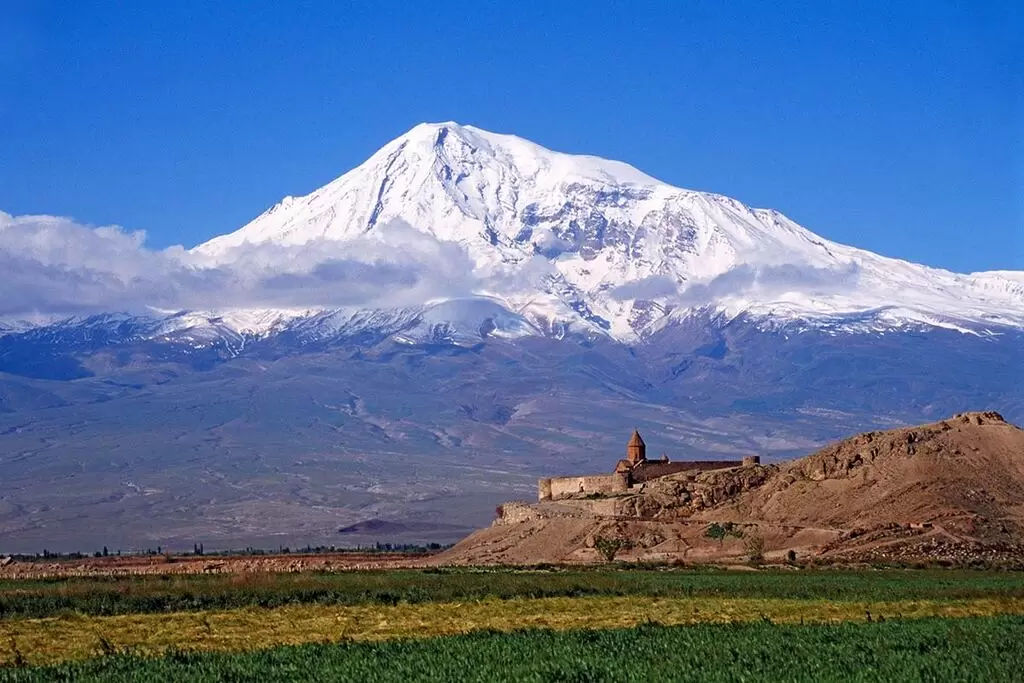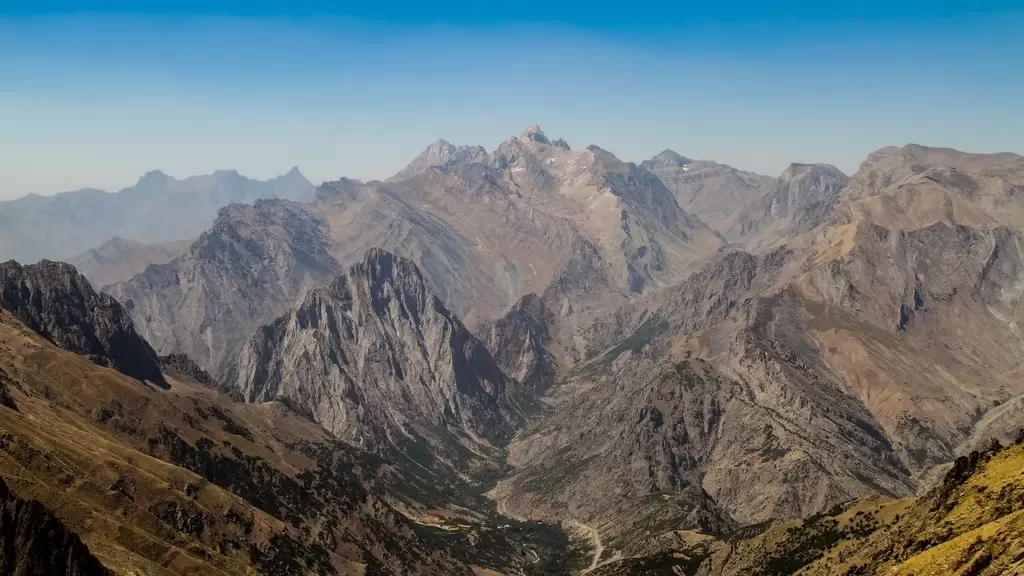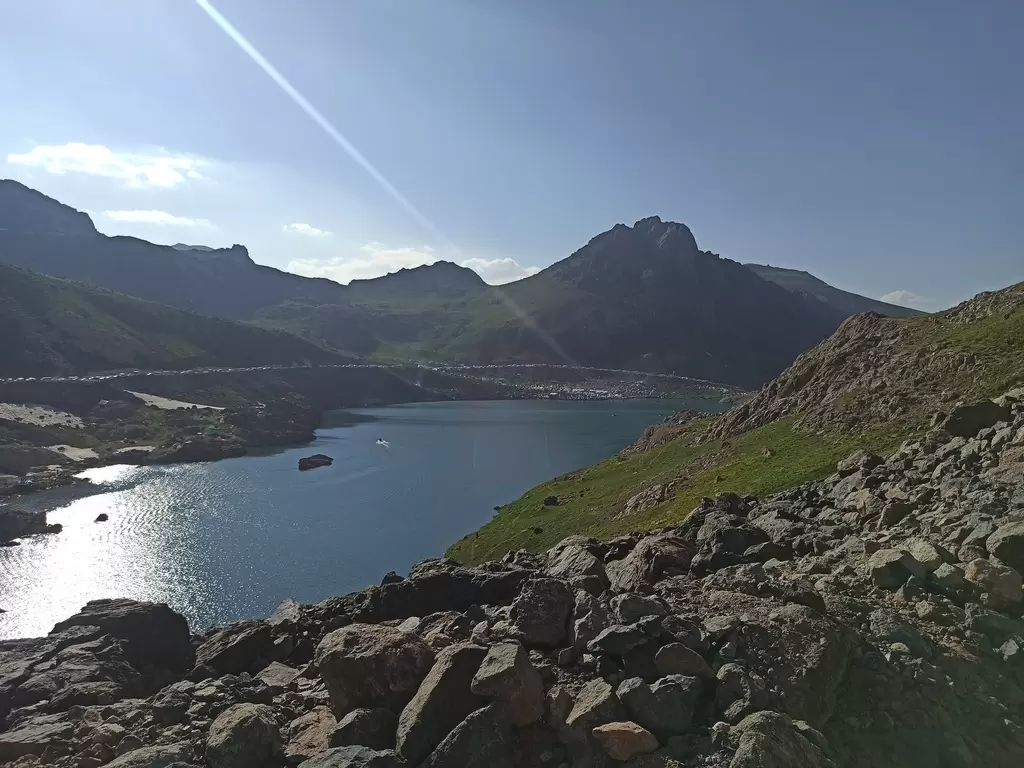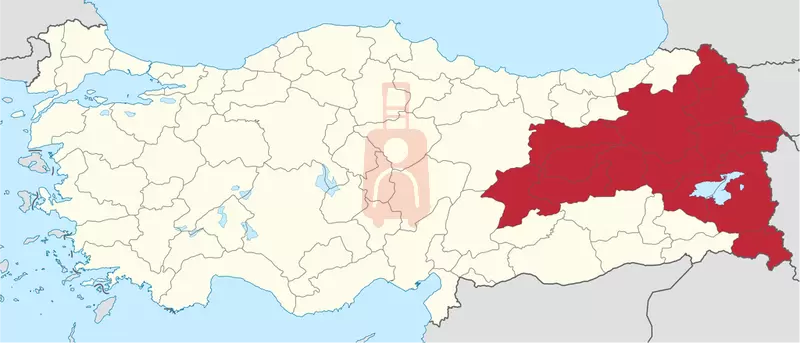
Major Cities:
Eastern Anatolia is home to several important cities and cultural centers, including:
- Erzurum: Erzurum is the largest city in Eastern Anatolia and serves as its economic and administrative hub. The city is known for its well-preserved Seljuk and Ottoman architecture, including the iconic Çifte Minareli Medrese. Erzurum is also a popular winter sports destination, with ski resorts attracting visitors from around the world.
- Van: Van is located on the eastern shore of Lake Van and is famous for its stunning natural scenery and historical sites. The city is home to the ancient Van Fortress, a UNESCO World Heritage Site, and the Armenian Church of Akdamar, renowned for its intricate stone carvings. Lake Van is a major attraction, offering opportunities for boat tours and exploring the picturesque Akdamar Island.
- Kars: Kars is known for its medieval architecture and rich history. The city features the imposing Kars Fortress and the renowned Armenian Apostolic Church of Kars, known as the Holy Apostles Church. Kars is also a gateway to the nearby ruins of the ancient city of Ani, once a flourishing medieval Armenian capital.
- Malatya: Malatya is an important agricultural and industrial center in Eastern Anatolia. The city is famous for its apricots, which are celebrated during the annual Apricot Festival. Malatya also boasts historical sites such as the Malatya Castle and the Aslantepe Archaeological Site, which dates back to the Bronze Age.
- Elazığ: Elazığ is nestled between the Harput Mountains and the Euphrates River. The city is known for its historical sites, including the Harput Castle and the Ulu Mosque. Elazığ is also a gateway to the stunning Hazar Lake, a popular destination for nature lovers and outdoor enthusiasts.
Historical and Cultural Significance:
Eastern Anatolia is steeped in history and boasts a rich cultural heritage, influenced by various civilizations that have thrived in the region. Some notable historical and cultural sites include:
- Mount Ararat: Mount Ararat, a dormant volcanic peak, holds great significance in various religious and cultural traditions. According to biblical accounts, it is believed to be the resting place of Noah's Ark. The mountain is a popular destination for mountaineers and offers breathtaking views of the surrounding landscapes.
- Ani: Ani, located near Kars, was once a thriving medieval city and a capital of the Armenian Kingdom. The ruins of Ani are an impressive sight, featuring ancient churches, palaces, and fortifications that reflect the city's former grandeur. Ani is often referred to as the "City of 1001 Churches."
- Ishak Pasha Palace: Situated near the town of Doğubayazıt, the Ishak Pasha Palace is a magnificent example of Ottoman architecture. The palace blends Seljuk, Persian, and Armenian architectural elements and offers panoramic views of the surrounding mountains and plains.
- Armenian Heritage: Eastern Anatolia has a significant Armenian cultural heritage. The region was home to a thriving Armenian community, and there are numerous historical sites, churches, and monasteries that reflect this heritage. The Akdamar Church, the Holy Cross Church in Van, and the Surp Krikor Lusavoriç Church in Aghtamar Island are notable examples.
Natural Beauty:
Eastern Anatolia is renowned for its breathtaking natural landscapes, offering opportunities for outdoor enthusiasts and nature lovers. The region features picturesque mountains, expansive plateaus, deep canyons, and beautiful lakes. Some notable natural attractions include:
- Lake Van: Lake Van is the largest lake in Turkey and one of the largest endorheic (closed basin) lakes in the world. The lake's deep blue waters are surrounded by stunning mountain scenery, providing a picturesque backdrop for boat trips, swimming, and relaxation.
- Kaçkar Mountains: The Kaçkar Mountains, located in the northeastern part of the region, offer spectacular hiking trails, alpine meadows, and glacial lakes. The region isalso known for its diverse flora and fauna, making it a paradise for nature enthusiasts and mountaineers.
- Munzur Valley National Park: Munzur Valley National Park is a protected area known for its pristine natural beauty. It encompasses rugged mountains, deep valleys, and fast-flowing rivers. The park is home to diverse plant and animal species, and it offers opportunities for hiking, camping, and wildlife observation.
- Muradiye Waterfalls: Located near Van, the Muradiye Waterfalls are a stunning natural attraction. Surrounded by lush greenery and rock formations, the cascading waterfalls create a picturesque setting for visitors to enjoy.
Transportation:
Eastern Anatolia is well-connected by road, rail, and air transport. Major cities in the region have airports that offer domestic flights, ensuring easy access for travelers. The region is also served by a network of highways and railways, providing convenient transportation options for both domestic and international visitors.
In summary, Eastern Anatolia is a captivating region in Turkey that offers a blend of natural beauty, historical sites, and cultural heritage. From the rugged mountains of Mount Ararat to the ancient ruins of Ani and the serene waters of Lake Van, the region provides a diverse range of experiences for travelers. Whether exploring historical landmarks, enjoying outdoor activities, or immersing oneself in the rich cultural tapestry, Eastern Anatolia invites visitors to discover its remarkable treasures.
